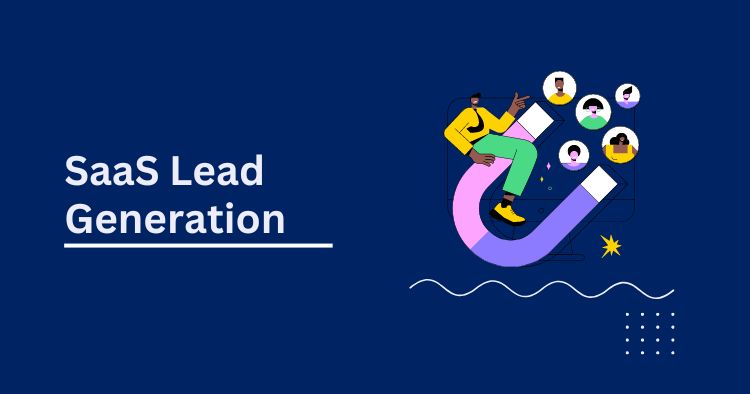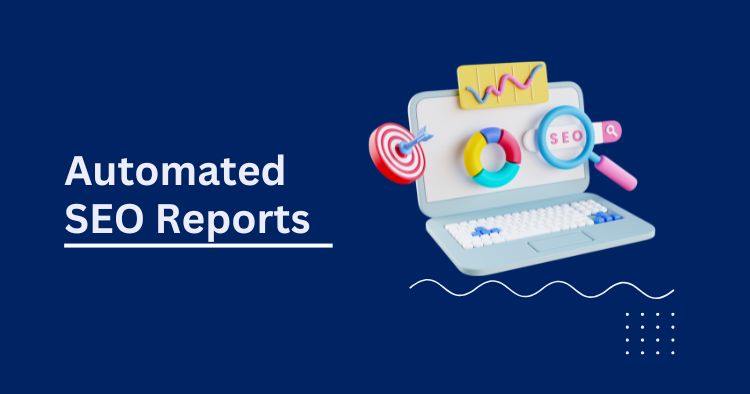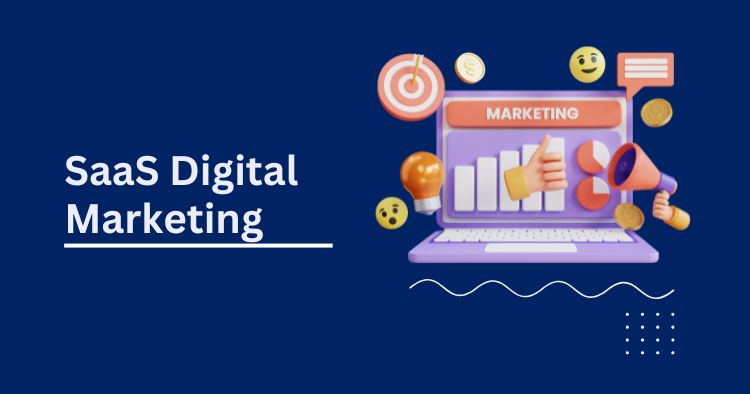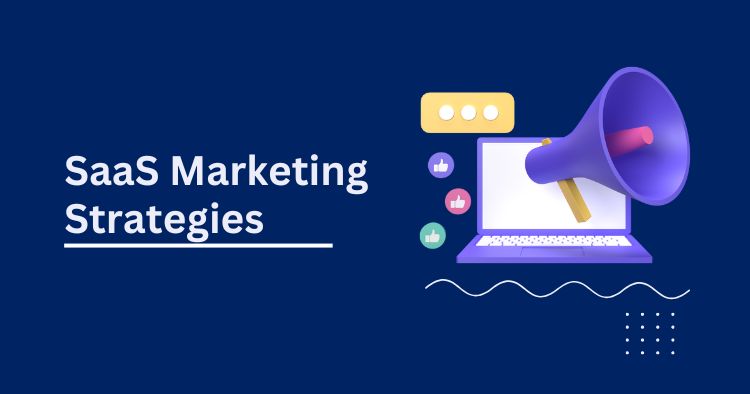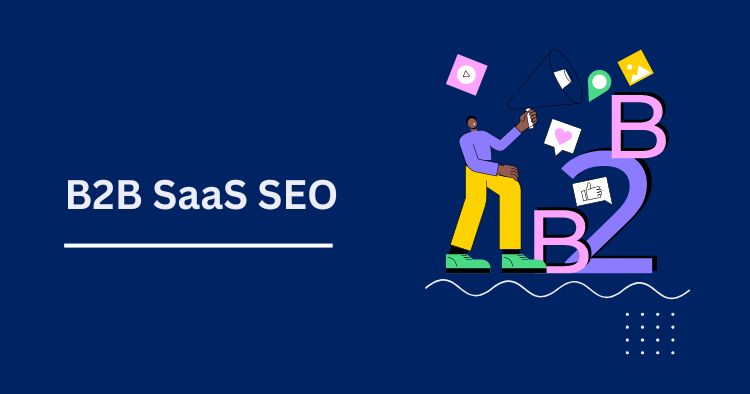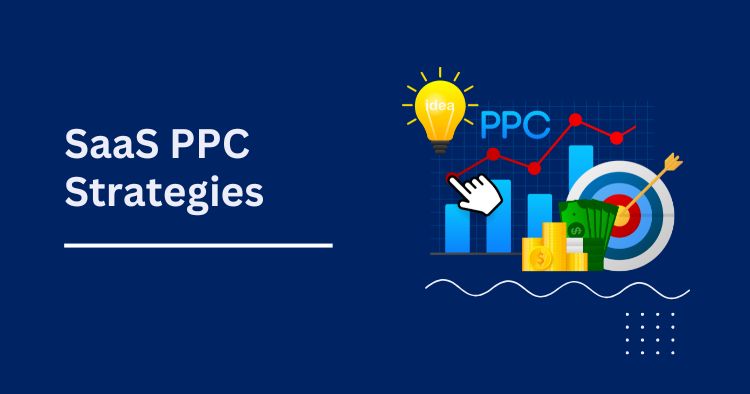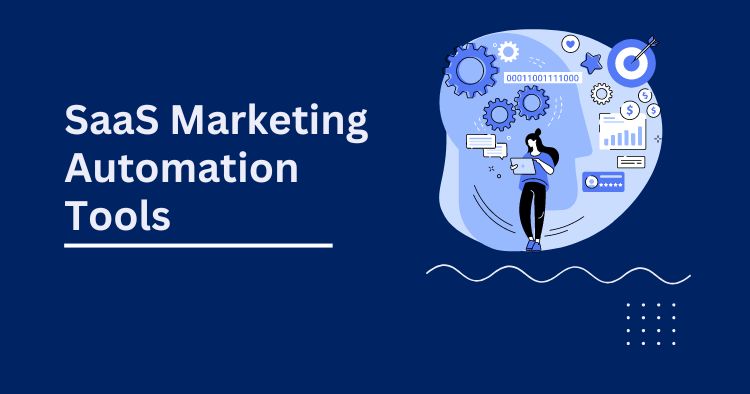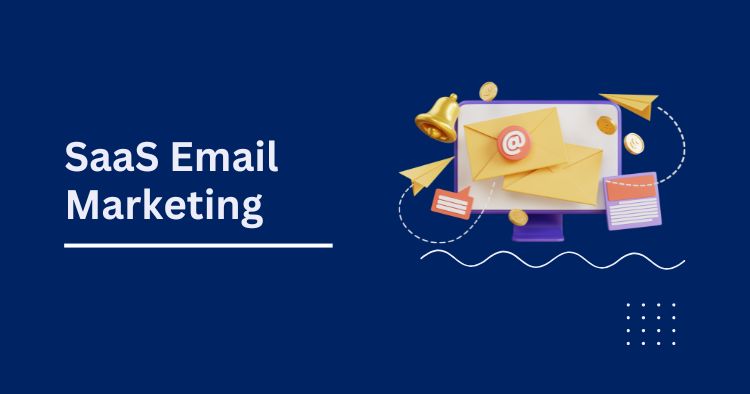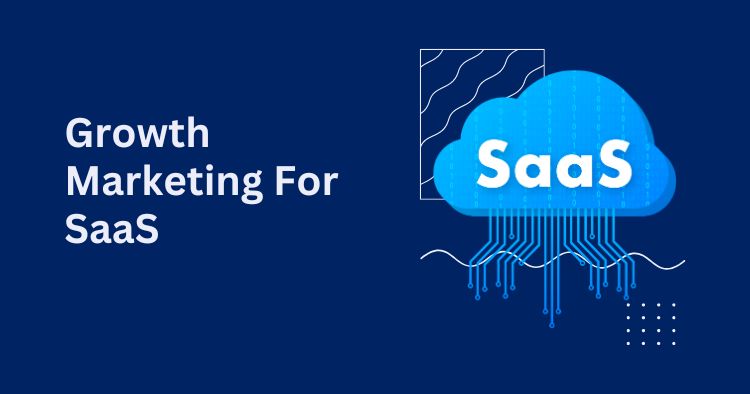SaaS Lead Generation: Strategies For Success
In the competitive world of Software as a Service (SaaS), effective lead generation is the cornerstone of business growth and sustainability. Lead generation in the SaaS industry involves unique challenges and opportunities, requiring tailored strategies to attract and convert potential customers. This comprehensive guide will explore various proven techniques and innovative approaches to SaaS lead generation, helping businesses expand their customer base and achieve long-term success. Understanding Lead Generation in SaaS Defining SaaS Lead Generation: In the SaaS industry, lead generation is the process of attracting potential customers (leads) and nurturing them towards making a purchase. It’s about creating interest in your software and convincing prospects of its value. Importance for SaaS Businesses: Lead generation is vital for SaaS companies as it directly impacts revenue and growth. With typically subscription-based models, acquiring new leads is essential for maintaining and increasing monthly recurring revenue (MRR). SaaS vs. Traditional Models: Unlike traditional businesses, SaaS lead generation focuses more on demonstrating value and building long-term customer relationships. The goal is not just to sell a product but to onboard customers into a service that evolves over time. Effective Lead Generation Strategies for SaaS Overview of Strategies Content Marketing: Using valuable content to attract and engage potential leads. Social Media Engagement: Leveraging social platforms to connect with and attract prospects. Email Marketing: Sending targeted emails to nurture leads and convert them into customers. Detailed Exploration Content Marketing: Share insights on creating blogs, whitepapers, and case studies that address customer pain points and showcase your SaaS solution. Social Media Engagement: Discuss how to use platforms like LinkedIn, Twitter, and Facebook to engage with potential customers and build brand awareness. Email Marketing: Provide tips on crafting effective email campaigns that keep subscribers informed and interested in your product. Content Marketing as a Lead Generation Tool Role in Attracting Leads: Content marketing is about providing value to your audience, establishing your brand as a thought leader, and organically attracting leads interested in your solution. Effective Content Types: Blogs: Share industry insights, how-to guides, and success stories. Whitepapers: Offer in-depth analysis or reports on industry trends. Videos: Create tutorials, demos, or customer testimonials. Creating Engaging Content: Understand your audience’s needs and interests. Focus on quality and relevance. Include clear calls-to-action (CTAs) to guide readers towards the next step. Leveraging Social Media for Lead Generation Using Social Platforms: Social media is a powerful tool for SaaS businesses to connect with their audience, share valuable content, and engage in conversations that can lead to conversions. Best Practices: Be active and consistent in your posting. Engage with your audience through comments and messages. Use targeted ads to reach a broader audience. Successful Campaigns: Highlight examples of SaaS companies that have effectively used social media to generate leads, such as hosting live Q&A sessions or sharing user-generated content. Email Marketing Strategies Importance in SaaS Lead Generation Email marketing remains a highly effective tool for nurturing leads in the SaaS industry. It allows for personalized communication and can be a significant driver of conversions and customer retention. Creating Effective Email Campaigns Segmentation: Tailor your messages based on where leads are in the buyer’s journey. Content: Provide valuable content that educates and informs, such as feature updates, industry news, and helpful tips. CTAs: Include clear calls-to-action that guide leads towards the next step, whether it’s signing up for a free trial or scheduling a demo. Measuring Email Marketing Success Track open rates, click-through rates, and conversion rates to gauge the effectiveness of your email campaigns. Adjust your strategies based on these insights to continually improve engagement and conversions. SEO and Paid Advertising Using SEO to Attract Organic Leads SEO is crucial for SaaS companies to improve their online visibility and attract organic traffic. Focus on optimizing your website with relevant keywords, quality content, and a user-friendly design. Strategies for Effective Paid Advertising Paid advertising, such as Google Ads and social media ads, can complement your organic efforts. Use targeted campaigns to reach specific audiences, and A/B test different ad formats and messages to find what resonates best. Balancing SEO and Paid Advertising A balanced approach that combines SEO and paid advertising can maximize your lead generation efforts. While SEO builds long-term organic growth, paid ads can provide a quicker influx of leads. Utilizing Webinars and Online Events Webinars as Powerful Lead Generation Tools Webinars and online events offer an interactive way to engage with potential customers. They can be used to demonstrate your product, share industry knowledge, and directly address audience questions. Hosting Successful Online Events Plan your webinar topics around your audience’s interests and pain points. Promote your events through email, social media, and partnerships. Engage with attendees during and after the event to nurture leads. Effective Use of Webinars Highlight examples of SaaS companies that have successfully used webinars to generate leads, such as hosting expert panels or product demonstration sessions. Referral Programs and Partnerships Impact of Referral Programs Referral programs incentivize existing customers to refer new leads, leveraging word-of-mouth to expand your reach. Building Partnerships Partnerships with other businesses can open up new lead generation channels. Collaborate on co-marketing initiatives, joint webinars, or cross-promotional offers. Successful Referral and Partnership Programs Share case studies of SaaS companies that have effectively implemented referral programs or formed strategic partnerships to boost lead generation. Measuring and Analyzing Lead Generation Success Key Metrics in SaaS Lead Generation Track metrics such as lead conversion rate, cost per lead, and lead source effectiveness to understand the performance of your lead generation strategies. Tools and Techniques for Analysis Utilize analytics tools to gather data on your lead generation efforts. Regularly review and analyze this data to identify trends and areas for improvement. Adjusting Strategies Based on Data Be prepared to adjust your lead generation strategies based on performance data. Continuously testing and refining your approach is key to maximizing lead generation success. Conclusion Lead generation is a critical component of success in the SaaS industry. By employing a mix of content marketing, social media engagement, email marketing, SEO,
SaaS Lead Generation: Strategies For Success Read More »

